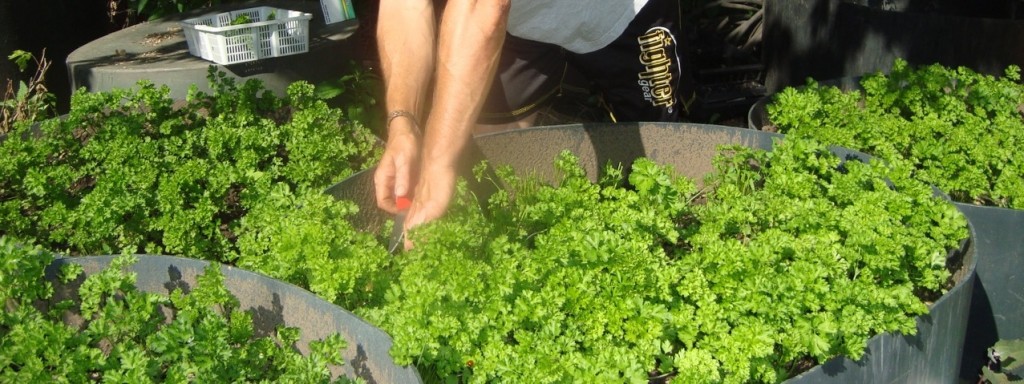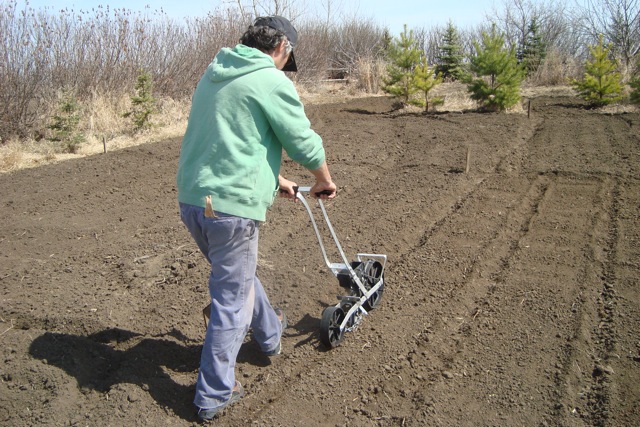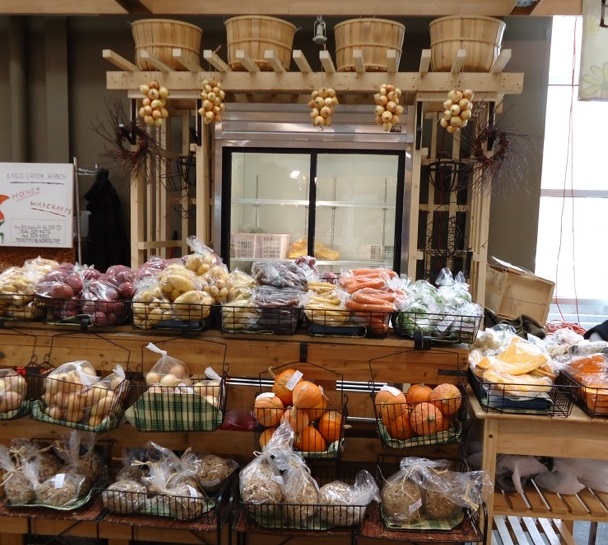Courtesy of Wally S., Wally’s Market Garden, Pleasantdale SK
A SPIN member just joined the online support group looking to fast track some fresh herb sales. He wrote:
“Hello All. I plan to combine the sale of herbs only at two or three of my local farmers markets along with Pre-Packaged Nuts/ Seeds and Spices. My hope is to promote the sales of the nut and seed business with the fresh herb offerings. I have had success growing basil, chives, oregano, thyme, rosemary, sage and lavender on a small scale over the past three seasons and am ready to commit approximately x 1200 sq ft of garden space to this effort. Any feedback on what to focus on in order to maximize my effort would be greatly appreciated. I am a one man show, growing in Northeast PA. Zone 6a. Thanks in advance.”
Herbs are a great addition to diversify or compliment a product line,especially for solo operators because they are easy to plant, harvest and prep. Cilantro, dill,and parsley are good bets. You can get 2 -3 cuts of cilantro before it goes to seed. So you will need several staggered plantings to take you through the season. You can get even more cuts from baby/green dill, but again, you need staggered plantings. Parsley is all season, so there is no need for staggered plantings.
Plant cilantro and dill with tight spacings using an Earthway seeder in 4 – 5 row standard beds, using the chard plate. Use transplants for parsley.
You should target units of production on the 100 to 200 bunches in total of the three herbs on a weekly basis. If you have a 20 marketing week period, you’ll produce 2,000 to 4,000 bunches. At $2.00 per bunch, you can target revenue of $4K to $8K.
Herbs are very high value, are always in demand at market and their fragrance adds a sensual dimension to your stand. So if you have some unused space next to the barbie, or can rig up some containers on a patio, you can make profitable use of it by growing the useful plants.
FIND OUT OTHER WAYS TO JUMPSTART A BUSINESS GROWING FOOD IN THE SPIN ONLINE SUPPORT GROUP. FREE TRIAL MEMBERSHIP WHEN YOU PURCHASE ANY SPIN GUIDE.









